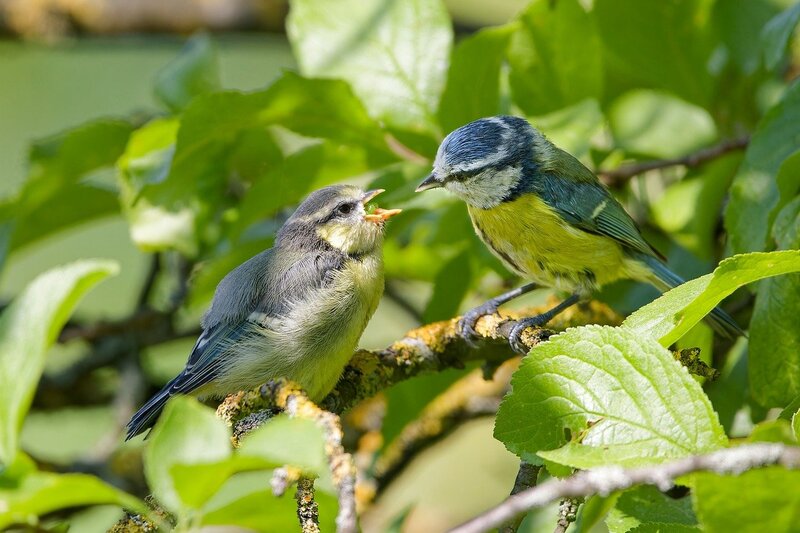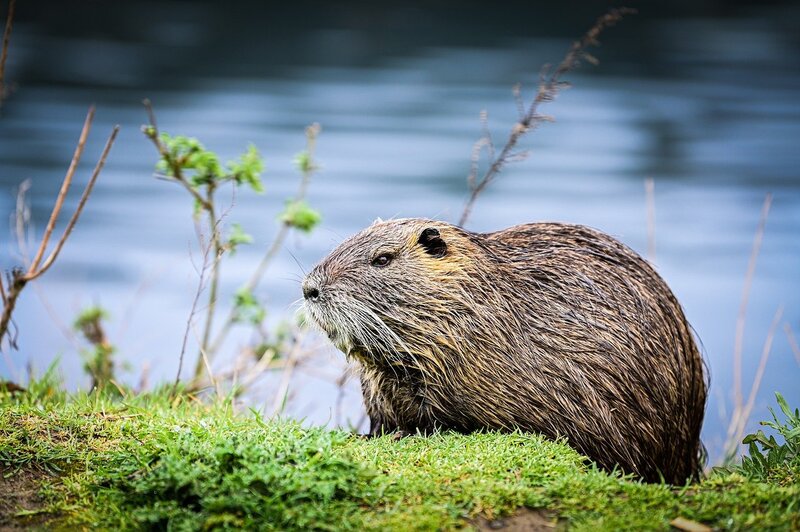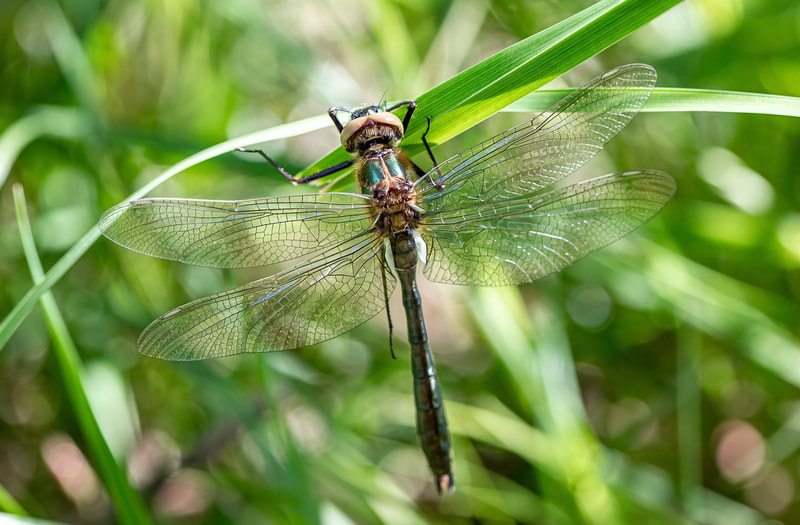PROGRAMS
September 4, 2024
PROGRAM TITLE
Horticulture Presentation
Location and Time: Fellowship Hall, 1651 Ardsley Place, Crofton. Social at 9:00 AM followed by business meeting at 9:30 AM.
Program:
Horticulture Topic:
Design Exhibit: FAVORITE COLOR – Designer has freedom of design style and type to be staged on a white draped table in a space that is 18" wide and 30" deep.
Hostesses: Coordinator – Carol Buhr
Jessica Kruse, Laura Austin, Sue Callahan, and C.J. Salisbury
Board Meeting: Wednesday, September 25, 2024, 1:30 PM, Crofton Library
Program:
Horticulture Topic:
Design Exhibit: FAVORITE COLOR – Designer has freedom of design style and type to be staged on a white draped table in a space that is 18" wide and 30" deep.
Hostesses: Coordinator – Carol Buhr
Jessica Kruse, Laura Austin, Sue Callahan, and C.J. Salisbury
Board Meeting: Wednesday, September 25, 2024, 1:30 PM, Crofton Library
October 2, 2024
PROGRAM TITLE
Conservation and Environmental Presentation
Location and Time: Fellowship Hall, 1651 Ardsley Place, Crofton. Social at 9:00 AM followed by business meeting at 9:30 AM.
Program:
Horticulture Topic: Mysterious Witch Hazel
Design Exhibit: FAVORITE MOVIE – Designer has freedom of design style and type to be staged on a white draped table in a space that is 18" wide and 30" deep.
Hostesses: Coordinator – Angela DeLuca
Nancy Durose, Paula Moratto, Jane McClanahan, and Carol Morris
Board Meeting: Wednesday, October 30, 2024, 1:30 PM, Crofton Library
Program:
Horticulture Topic: Mysterious Witch Hazel
Design Exhibit: FAVORITE MOVIE – Designer has freedom of design style and type to be staged on a white draped table in a space that is 18" wide and 30" deep.
Hostesses: Coordinator – Angela DeLuca
Nancy Durose, Paula Moratto, Jane McClanahan, and Carol Morris
Board Meeting: Wednesday, October 30, 2024, 1:30 PM, Crofton Library
November 6, 2024
HONORING OUR VETERANS
Civic Achievement Project and Floral Design Worksop
Location and Time: Fellowship Hall, 1651 Ardsley Place, Crofton. Social at 9:00 AM followed by business meeting at 9:30 AM.
Program: Project Co-Chairs Barbara Emden and Cindy Hansen conduct a hands-on workshop where members create over 100 patriotic-themed floral arrangements for veterans. Following the workshop, club members will deliver the arrangements to veterans residing in local assisted living facilities.
Hostesses: Coordinator – Diane Gallow
Charlotte Sazama, Carol Schoenfeld, Lois Nichols, and Lynne Malley
Board Meeting: Wednesday, November 29, 2023, 1:30 PM, Crofton Library
Program: Project Co-Chairs Barbara Emden and Cindy Hansen conduct a hands-on workshop where members create over 100 patriotic-themed floral arrangements for veterans. Following the workshop, club members will deliver the arrangements to veterans residing in local assisted living facilities.
Hostesses: Coordinator – Diane Gallow
Charlotte Sazama, Carol Schoenfeld, Lois Nichols, and Lynne Malley
Board Meeting: Wednesday, November 29, 2023, 1:30 PM, Crofton Library
December 4, 2024
A CROFTON VILLAGE CHRISTMAS
Civic Beautification Project
Location and Time: Crofton Country Club, 1691 Crofton Parkway, Crofton. Social and business meeting at 11:00 AM followed by lunch at 12:15 PM.
Program: Led by Committee Chair C.J. Salisbury, members decorate several community schools, the Crofton Library, Town Hall, and the Village Green with live green wreaths and festive bows.
After completing the civic project, members enjoy a festive holiday-themed luncheon and live entertainment with the acclaimed Show Stoppers of South County. A 50/50 raffle is in the plans as has been our holiday tradition. All proceeds from the raffle benefit ongoing projects and programs of the Crofton Village Garden Club.
Special Note: $40.00 per person. Guests are welcome.
Hostesses: Coordinator – Faye Tolliver
Angela DeLuca, Diane Smith, Paulette Heward, Patty More, and Shirley Levendoski
Board Meeting:
Program: Led by Committee Chair C.J. Salisbury, members decorate several community schools, the Crofton Library, Town Hall, and the Village Green with live green wreaths and festive bows.
After completing the civic project, members enjoy a festive holiday-themed luncheon and live entertainment with the acclaimed Show Stoppers of South County. A 50/50 raffle is in the plans as has been our holiday tradition. All proceeds from the raffle benefit ongoing projects and programs of the Crofton Village Garden Club.
Special Note: $40.00 per person. Guests are welcome.
Hostesses: Coordinator – Faye Tolliver
Angela DeLuca, Diane Smith, Paulette Heward, Patty More, and Shirley Levendoski
Board Meeting:
January 8, 2025
PROGRAM TITLE
Conservation/Environmental Presentation and Workshop
Location and Time: Fellowship Hall, 1651 Ardsley Place, Crofton. Social at 9:00 AM followed by business meeting at 9:30 AM.
Program:
Horticulture Topic: Leca – What are they and should they be used for indoor plants?
Design Exhibit: FAVORITE HOLIDAY – Designer has freedom of design style and type to be staged on a white draped table in a space that is 18" wide and 30" deep.
Hostesses/Host: Coordinator – JoAnn Cook
Angela Wetzel, Heather Marken, C.J. Salisbury, and Rena Pogue
Board Meeting: Wednesday, January 29, 2025, 1:30 PM, Crofton Library
Program:
Horticulture Topic: Leca – What are they and should they be used for indoor plants?
Design Exhibit: FAVORITE HOLIDAY – Designer has freedom of design style and type to be staged on a white draped table in a space that is 18" wide and 30" deep.
Hostesses/Host: Coordinator – JoAnn Cook
Angela Wetzel, Heather Marken, C.J. Salisbury, and Rena Pogue
Board Meeting: Wednesday, January 29, 2025, 1:30 PM, Crofton Library
February 5, 2025
PROGRAM TITLE
Floral Design/Horticulture Workshop
Location and Time: Fellowship Hall, 1651 Ardsley Place, Crofton. Social at 9:00 AM followed by business meeting at 9:30 AM.
Program:
Horticulture Topic: Hoya – An Unusual Valentine Gift
Design Exhibit: FAVORITE SONG – Designer has freedom of design style and type to be staged on a white draped table in a space that is 18" wide and 30" deep.
Hostesses/Host: Coordinator – Lauren Toomey
Verna Pond, Yael Beckman, Glenna Kidd, and Sally Moore
Board Meeting: Wednesday, February 26, 2025, 1:30 PM, Crofton Library
Program:
Horticulture Topic: Hoya – An Unusual Valentine Gift
Design Exhibit: FAVORITE SONG – Designer has freedom of design style and type to be staged on a white draped table in a space that is 18" wide and 30" deep.
Hostesses/Host: Coordinator – Lauren Toomey
Verna Pond, Yael Beckman, Glenna Kidd, and Sally Moore
Board Meeting: Wednesday, February 26, 2025, 1:30 PM, Crofton Library
March 6, 2024
NEW OFFICERS INSTALLATION LUNCHEON
Crofton Village Garden Club 2025-2027
Location and Time: Crofton Country Club, 1691 Crofton Parkway, Crofton. Business meeting at 11 AM followed by New Officers Instation. Lunch at noon.
Program: Crofton Village Garden Club Nominating Committee present and install the new slate of officers for 2025-2027.
Following the installation, attendees will enjoy a delightful luncheon.
Special Note: $35 per person, guests welcome.
Hostesses/Host: Coordinator – Littany Hollerbach
Beverly Frye, Cindy Hare, Nancy Percivall, and Angela Wetzel
Board Meeting: Wednesday, March 26, 2025, 1:30 PM, Crofton Library
Program: Crofton Village Garden Club Nominating Committee present and install the new slate of officers for 2025-2027.
Following the installation, attendees will enjoy a delightful luncheon.
Special Note: $35 per person, guests welcome.
Hostesses/Host: Coordinator – Littany Hollerbach
Beverly Frye, Cindy Hare, Nancy Percivall, and Angela Wetzel
Board Meeting: Wednesday, March 26, 2025, 1:30 PM, Crofton Library
April 3, 2023
PROGRAM TITLE
Conservation and Environmental Presentation
Location and Time: Fellowship Hall, 1651 Ardsley Place, Crofton. Social at 9:00 AM followed by business meeting at 9:30 AM.
Program:
Horticulture Topic: Benefits of Growning Native Violets
Design Exhibit: FAVORITE TV SHOW – Designer has freedom of design style and type to be staged on a white draped table in a space that is 18" wide and 30" deep.
Hostesses: Coordinator – Margo Antonelli
Jessica Kruse, Becky Hogan, Diane Gallow, and Carol McNemar
Board Meeting: Wednesday, April 30, 2025, 1:30 PM, Crofton Library
Program:
Horticulture Topic: Benefits of Growning Native Violets
Design Exhibit: FAVORITE TV SHOW – Designer has freedom of design style and type to be staged on a white draped table in a space that is 18" wide and 30" deep.
Hostesses: Coordinator – Margo Antonelli
Jessica Kruse, Becky Hogan, Diane Gallow, and Carol McNemar
Board Meeting: Wednesday, April 30, 2025, 1:30 PM, Crofton Library
May 1, 2024
PROGRAM TITLE
Floral Design Demonstration and Workshop
Location and Time: Fellowship Hall, 1651 Ardsley Place, Crofton. Social at 9:00 AM followed by business meeting at 9:30 AM.
Program:
Horticulture Topic: Why Aren't My Irises Blooming?
Design Exhibit: FAVORITE SPORT/HOBBY/RECREATION – Designer has freedom of design style and type to be staged on a white draped table in a space that is 18" wide and 30" deep.
Hostesses: Coordinator – Barbara Emden
Cindy Hansen, Paulette Heward, Rosa Johnson, and Charlotte Sazama
Board Meeting: Wednesday, May 28, 2025, 1:30 PM, Crofton Library
Program:
Horticulture Topic: Why Aren't My Irises Blooming?
Design Exhibit: FAVORITE SPORT/HOBBY/RECREATION – Designer has freedom of design style and type to be staged on a white draped table in a space that is 18" wide and 30" deep.
Hostesses: Coordinator – Barbara Emden
Cindy Hansen, Paulette Heward, Rosa Johnson, and Charlotte Sazama
Board Meeting: Wednesday, May 28, 2025, 1:30 PM, Crofton Library
June 5, 2024
PROGRAM TITLE
U.S. World Garden Tour
Location and Time: Mini Motor Coach departs the Crofton Commuter Lot at 9:00 AM and travels to [insert location]. Departs at 2:00 PM. Returns to the commuter lot at approximately 3:00 PM.
Program:
Special Note: The Mini Motor Coach is 36 person capacity. The charge per person is dependent on the number of passengers. Boxed lunches will be approximately $15. Details to Menu options will be given prior to the order.
Hostesses: Coordinator – Marcia Richard
Diane Stovel, Kathy Puhak, Doris Smith, and Sandy Robertson
Board Meeting: Wednesday, August 27, 2025, 1:30 PM, Crofton Library
Program:
Special Note: The Mini Motor Coach is 36 person capacity. The charge per person is dependent on the number of passengers. Boxed lunches will be approximately $15. Details to Menu options will be given prior to the order.
Hostesses: Coordinator – Marcia Richard
Diane Stovel, Kathy Puhak, Doris Smith, and Sandy Robertson
Board Meeting: Wednesday, August 27, 2025, 1:30 PM, Crofton Library


